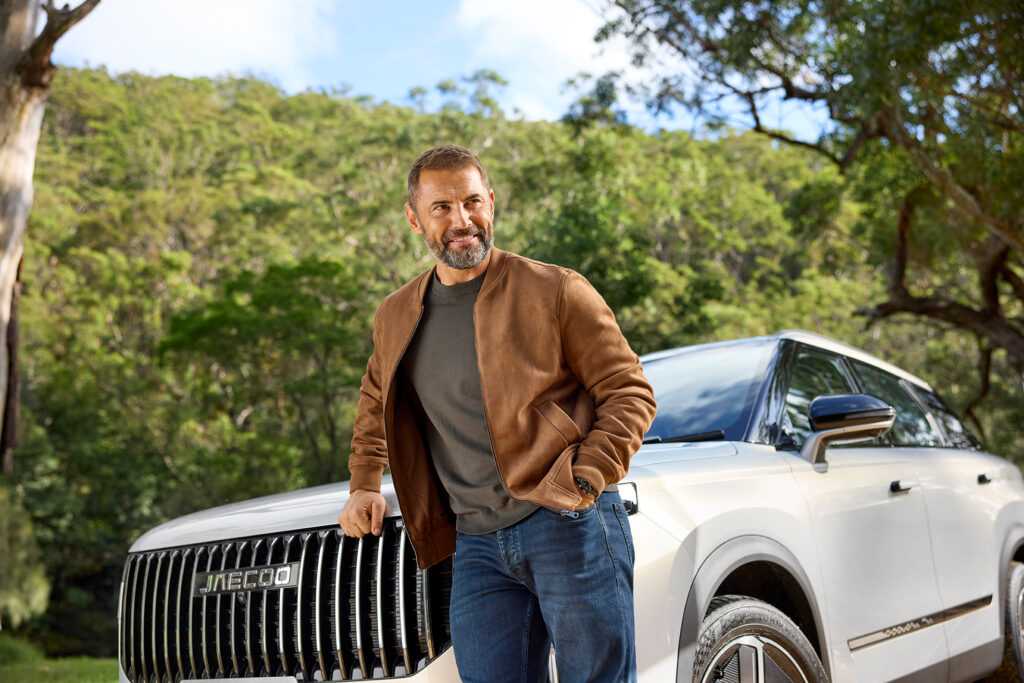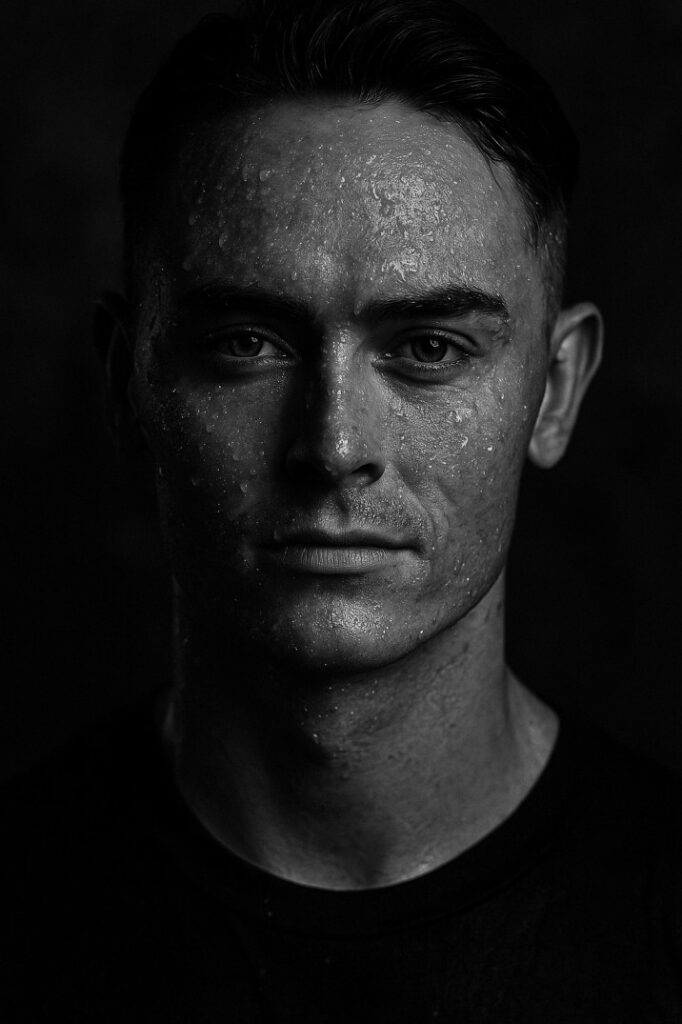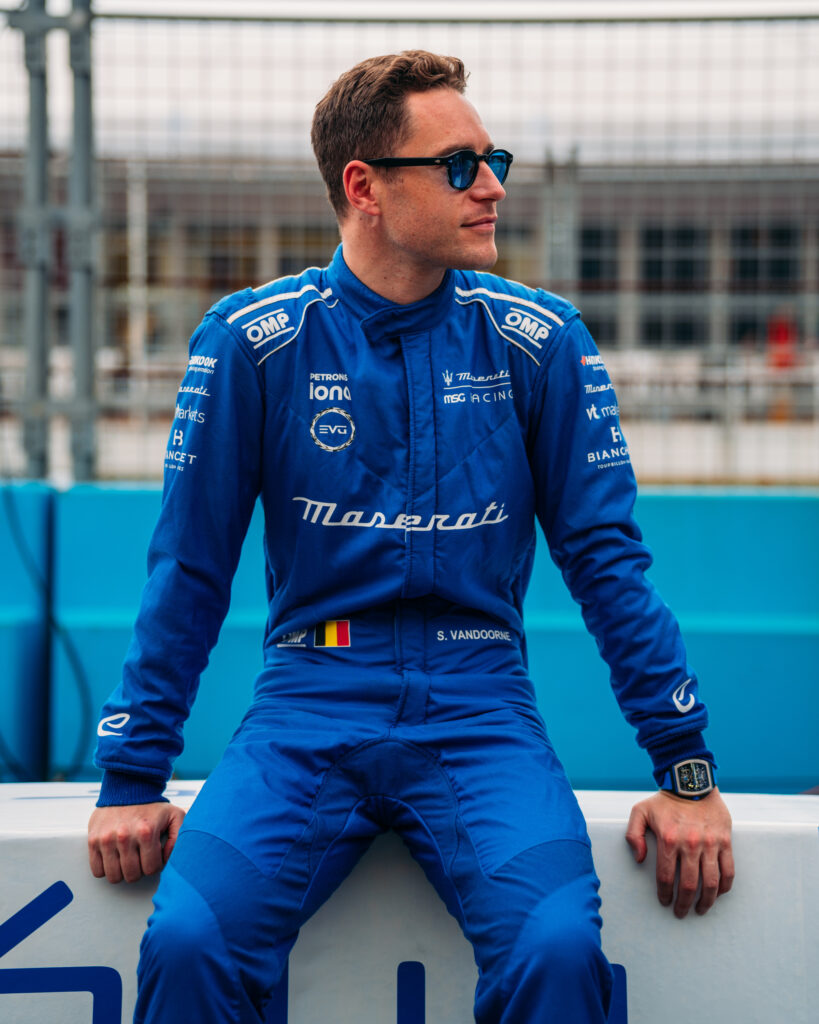When I told my family and friends that my first trip overseas post-COVID was going to be to Qatar, nearly all of them looked at me completely perplexed. “Like, Dubai?” they asked. “Well, kind of,” I replied. “Close by.” The thing is, however, after spending a week in the country’s capital, Doha, I came to realise that it couldn’t be any more different — and that’s not a bad thing.
Sitting on an unassuming peninsula that juts out into the Persian Gulf, Qatar had maintained a relatively low profile for quite some time. Yet over the last few years, Doha, in particular, has undergone a makeover of epic proportions thanks to the tiny country’s massive oil wealth and not-so-small plan to become not just ‘heard of’ but the powerhouse of the Middle East.
Touching down at Hamad International Airport around 5am on a Tuesday, I’m not sure what to expect. Sand dunes, maybe? Quiet roads, most definitely. Yet as we wend our way to our hotel, the stunning architecture, motorways and harbour all dazzle me in the space of 15 minutes, while the buzz emanating from the streets and the hundreds of cars zooming along either side of us take me by surprise.
The spectacular modern skyline is only a teaser to what the city has to offer, with its unrivalled Museum of Islamic Art, the massive Traditional Souq (a new leisure and entertainment complex) and the burgeoning arts and culinary scenes. It’s easy to feel overwhelmed by a city that could one day emerge as the region’s cultural Mecca — a place where you can do everything, including catch a Hollywood film at the Doha Tribeca Film Festival, listen to fusions of Arabian-European melodies by the Qatar Philharmonic Orchestra, and peruse exquisite artefacts at the Museum of Islamic Art (designed by renowned Chinese-American architect I.M. Pei, who died aged 102
in 2019).

Katara Cultural Village.
My advice? Start at the Msheireb Museums in Downtown Doha, where you can explore a range of ancient and historic sites that trace the history of the country via four historic heritage houses. Then, take a stroll through the enigmatic Katara Cultural Village, an extensive arts venue comprised of an amphitheatre, art galleries, workshops, performance venues and exceptional restaurants, all nestled in a maze of Instagram-worthy cobbled alleys. And don’t forget the bustling markets of Souq Waqif, an authentic Qatari market filled with traditional restaurants, intriguing street vendors and an endorphin-boosting atmosphere of traditional street life.
Once you’re done, you’re going to need to fuel up — which will be no issue, even for the pickiest eater. On any given day you could sample a portfolio of sophisticated restaurants, cheerful eateries and Middle Eastern takeaway. While you won’t see pork here, there’s sumptuously cooked and spiced beef, chicken and seafood. For something casual but still indulgent, consider dining at Damascas One Restaurant, which offers more of a Syrian menu. Otherwise opt for the even-more casual Turkey Central, where you’ll truly dine with the locals.

A little more than an hour out of the city, next on the itinerary is Khor Al Udeid Beach, a stunning contrast of sea and desert, boasting sand dunes that reach dizzying heights of up to 40 metres. From the shore, Saudi Arabia looks close enough to swim to. It can be reached only in a 4×4 vehicle – the perfect excuse for an iconic sand-dune adventure on which you’ll chat with the local drivers, who’ll regale you with stories about how the city has transformed. It’s also fascinating to hear about the cultural and historical importance of the desert to the Qatari people, who are raised to regard it as eternal, beyond their control and an entity to be both loved and respected.
And, look, I know I’ve so far ignored one of the more obvious features of Qatar, so let’s get it out of the way now. Yes, it can be hot. Seriously hot. Temperatures during our stay (late March) climb into the low 30s (manageable), while at the height of summer – June/July – you’re looking at high 40s (scary). So, while you do need to choose carefully the times you get out and about, Doha’s attractions are many and varied — think stand-up paddle boarding or kayaking in the warm, translucent water of The Pearl.
A further point about the heat: the locals are acutely aware of it and do all in their power to keep visitors (and themselves) comfortable. For a start, the scope and quality of air conditioning in this city are beyond extraordinary. Air con is everywhere – even outside in some tourist areas – and works a charm. And wherever I go, I’m offered either bottled water or a refreshing mocktail (alcohol is available
only at licensed hotel restaurants and bars, and expatriates living in Qatar can obtain alcohol on a permit system).
Cheers to that.

Stadium 974.
KICK OFF
With Qatar set to host the FIFA World Cup in just a few months’ time, Doha is alive with excitement and activity. Touching down just in time to witness the draw, I can report that Doha is prepared for its month in the spotlight. Prepared – and pumped – with a new and gleaming Metro system set to transport many thousands of football fans.
Visiting three of the stadiums that will host Cup matches, I’m blown away by the professionalism and sophistication of the whole operation. One stadium, in particular, Stadium 974, is an innovative 40,000-seat complex that will be the first fully demountable tournament venue in FIFA World Cup history. (It was built from 974 shipping containers – hence the unusual name).
Showing perfect timing, Doha also just launched the world’s most sophisticated museum dedicated to sport. 3-2-1 Qatar Olympic and Sports Museum is a dedicated gallery of past, present and future sports activity and achievement across the globe, and a must-see for any sports fan.
The sense I have is that Qatar’s World Cup will come to represent a masterclass – even a benchmark – in big-event planning and execution.

Souq Waqif.
WITH RESPECT
Qatar is an Islamic country, slightly more conservative than some of its neighbours, and there are dress standards that tourists are expected to observe. In most public areas, such as shopping malls, women are advised to cover their shoulders and knees, while it’s also suggested that men do the same (tees rather than singlets, and light chinos or cargo pants instead of shorts). Generally, these standards don’t apply in resorts.
I feel entirely safe walking the streets on my own or in exclusively female company. It helps that security is tight: expect to be scanned when you enter hotels and tourist attractions.
What’s obvious is that Qatar is trying to expand its tourism sector as one way of picking up the slack from its dwindling oil supply. To that end, much is being done to make Doha as attractive as possible, both as a stopover and standalone destination. This is an ancient land with a rich past – and an equally exciting future.
Fly: Qatar Airways
We flew business class with Qatar Airways, which flies twice daily from Sydney to Doha, and daily from Melbourne, Adelaide, Perth and Canberra. (Qatarairways.com)
Stay: The Banyan Tree
Located in the heart of Mushaireb, Banyan Tree Doha blends modern comfort, architectural marvels and sumptuous dining into one incomparable experience. There’s an incredible buffet breakfast and one of the most glorious pools I’ve ever plunged into. (thebanyantree.com.au)
Eat: Jiwan Restaurant
Enjoy delicious, authentic Middle Eastern food, right in the centre of the iconic National Museum of Doha. This upscale venue boasts spectacular water views and 4 million Swarovski glass beads suspended from the ceiling as a tribute to Qatar’s pearl-diving legacy.
Explore: Visit Qatar
Head to this site for all your tour needs. Helpful staff will steer you to English-speaking guides to ensure you see the best Qatar has to offer. (visitqatar.qa/intl-en)















